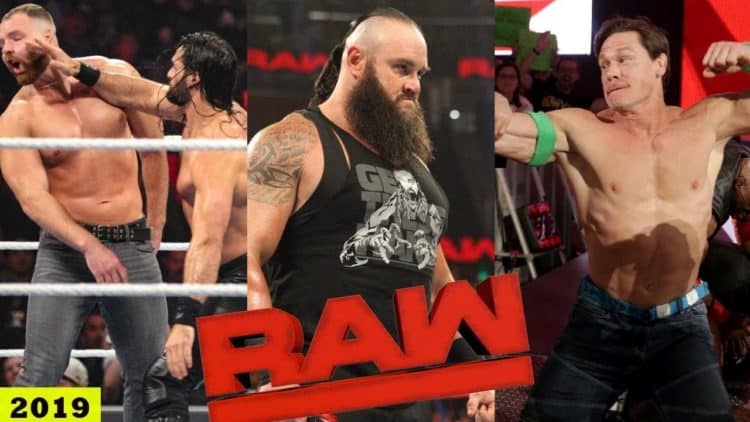
WWE’s Monday Night Raw is one of the most infamous wrestling shows on the planet. It features pulse-pounding excitement, entertaining rivalries, and intriguing storylines. All this wrapped up in an arena that places our heroes against one another in a battle to determine who is the best. This is what we see when we turn on our TV sets. Yes, wrestling is fun to watch but, it’s what’s going on behind the scenes that have led to the real success of this brand. This is in no small part to Vince McMahon. The revolutionary head of the franchise knows that change is important. In fact, Raw represented a change from the very beginning.
A Brief History of Monday Night Raw
It all began in 1993. This was the year Raw made its debut as a 1-hour show on the USA Network. Back then, wrestling shows were taped at large arena shows or on sound stages with small audiences. Raw, however, was different. They didn’t tape their matches weeks in advance. Instead, Raw was shot and aired to a live audience. This proved to be a successful formula in terms of popularity but, it was a financial drain on the company. It is because of this that Raw’s first evolution (or devolution to some) happened. For four years, from 1993-1997, they started taping a significant majority of their episodes. This was just the beginning. WWE Raw has undergone many transformations since then. Some of them include:
A Change in Venue
In the beginning, Raw’s wrestling matches took place at the Grand Ballroom in New York City. But, once they began taping their episodes, filming took place in Poughkeepsie NY. Their first episode taped outside of New York happened in 1993. It was then than Raw permanently left the Manhattan Center and went on the road in smaller venues all over the United States.
TV Channel switch up
WWE Raw is the prodigal son of the USA Network. After being on the USA Network for 7 years, the show moved to TNN in 2000. This channel is now known as Spike TV. This move was the result of a court ruling that gave Viacom control over the brand. This, along with the purchase of their competitor WCW, was the breaking point for WWE Raw execs. In 2005, Viacom and WWE decided to end their relationship with Spike TV. For the next three years, Raw appeared on NBC via yearly specials. When it was over, in 2009, Raw moved back to the USA Network and is still there to this day. Some speculate that the disagreement between Spike and WWE wasn’t as cut and dry as it may have seemed. The same week that Raw returned to its home network, Spike scheduled a live UFC fight in Raw’s old time slot.
Time and Time Again
Raw started out as a 1-hour show. However, when WCW Monday Nitro began dominating their time slot (partially due to it being 2 hours long) the executives decided it was time for a change. In 1997, Raw implemented their 2-hour format in order to compete. One month later, the show was renamed to Raw is War. They also started doing more live shows. The name was changed back to Raw after the 911 attacks. After the premiere of its 100th episode, in July 2012, WWE Monday Night Raw was lengthened to a 3-hour broadcast. This format was usually reserved for special episodes.
The Raw Universe expanded to the WCW
Because of the changes listed above, Raw’s popularity began to explode once more. However, its success resulted in the sharp decline of the WCW. Things were so bad, in 2001, they sold their assets for 3 million. Not even a month later Vince McMahon appeared on the last episode of WCW Nitro to let everyone know about his recent purchase of WCW. His son, however, had other plans. The young McMahon interrupted his father’s revelry to declare he was the real owner. This discourse is what set up the WWF invasion storyline.
The Bottom Line
Believe it or not, the list above only details a few of WWE Raw’s evolutions. Raw came to shake things up from the very beginning and two decades later, it’s still keeping us on our toes.
 Follow Us
Follow Us





